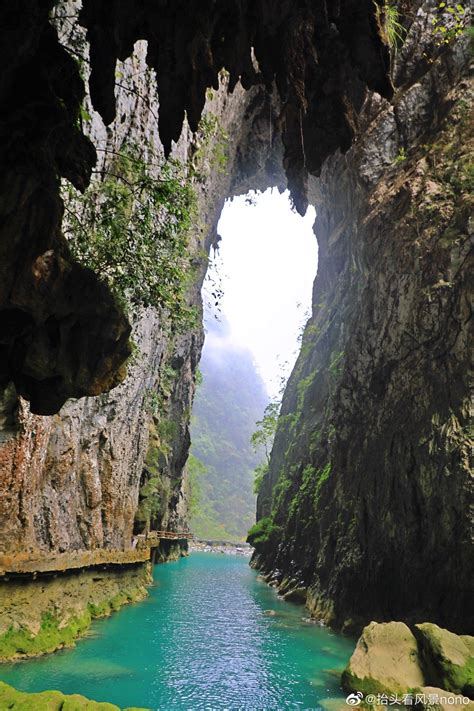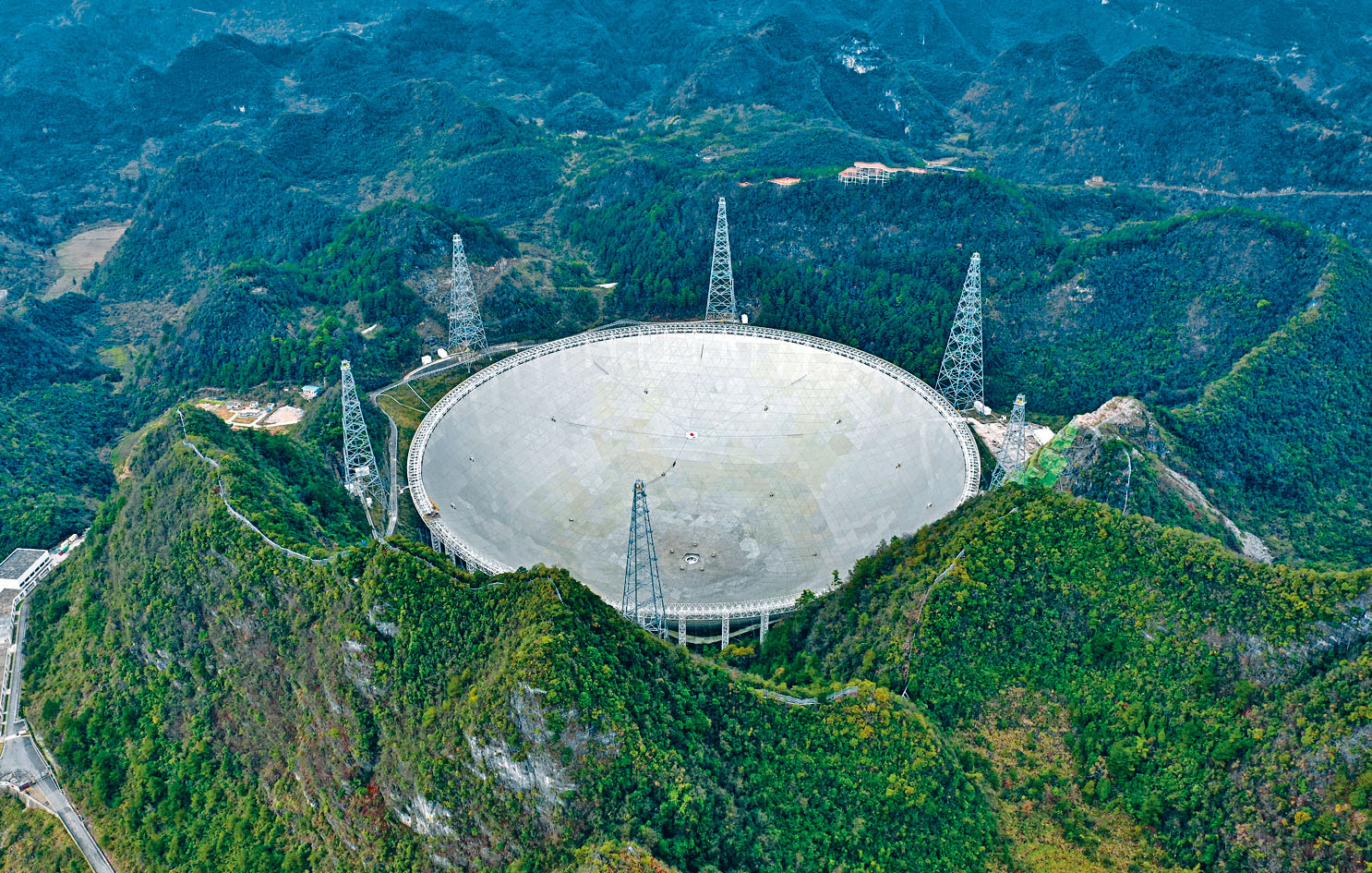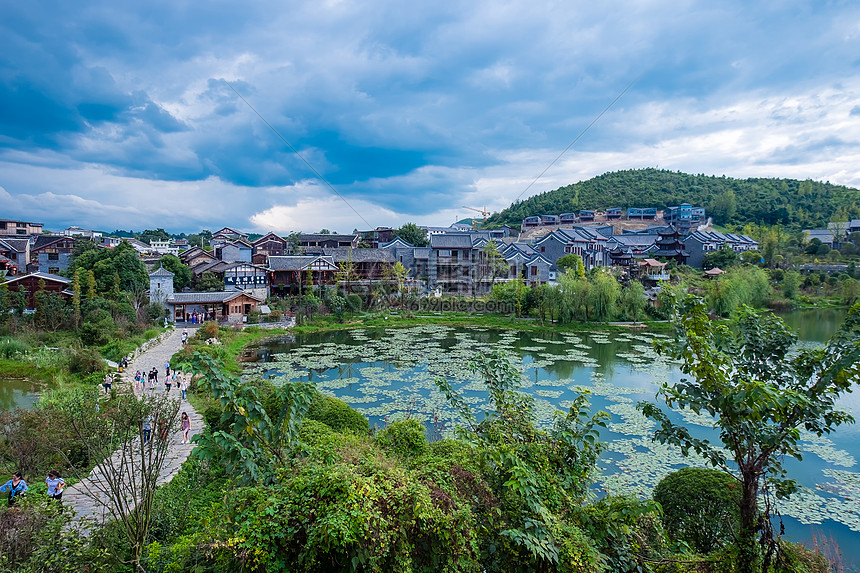




Da Qikong Scenic Area
Located in the southern part of Libo County, Qiannan Buyi and Miao Autonomous Prefecture, Guizhou Province, China, the Da Qikong Scenic Area is a stunning natural attraction known for its dramatic karst landscapes, deep gorges, lush forests, and underground rivers. Situated about 25 kilometers from Libo County, this scenic area offers a blend of breathtaking geological formations and ancient cultural landmarks. One of the most remarkable features of Da Qikong is the Tiansheng Bridge (Natural Bridge), often referred to as the "Oriental Arc de Triomphe", a massive limestone arch formed over thousands of years by natural erosion. The area is also home to the Terror Gorge, Demon Wind Cave, Er Ceng River, and the mysterious Di'e Palace, each offering unique exploration opportunities. A highlight of the scenic area is the Da Qikong Ancient Bridge, a seven-arched stone bridge that dates back to the Qing Dynasty (built in 1840). This bridge, spanning the Dagou River, stands as a historical and cultural relic, blending harmoniously with the natural beauty of the surroundings.
Information
Ticket price
Time
Location
Libo County, Qiannan Buyi and Miao Autonomous Prefecture, Guizhou, China
View maps
More about the trip
Da Qikong Scenic Area: Guizhou's Grand Canyon of Karst
Located in the southern part of Libo County, Qiannan Buyi and Miao Autonomous Prefecture, Guizhou Province, China, the Da Qikong Scenic Area is a stunning natural attraction known for its dramatic karst landscapes, deep gorges, lush forests, and underground rivers. Situated about 25 kilometers from Libo County, this scenic area offers a blend of breathtaking geological formations and ancient cultural landmarks.
What to See and Do
Tiansheng Bridge (Natural Bridge): Often referred to as the "Oriental Arc de Triomphe," this is a massive limestone arch formed over thousands of years by natural erosion. It's an awe-inspiring natural wonder.
Terror Gorge (恐怖峡): A deep and narrow gorge with towering cliffs, offering a thrilling and immersive experience as you navigate its pathways.
Demon Wind Cave (妖风洞): A mysterious cave that adds to the adventurous spirit of the area. Explore its unique formations and learn about its legends.
Er Ceng River (二层河): A beautiful river that flows through the scenic area, often with clear waters and picturesque banks.
Di'e Palace (地娥宫): A fascinating underground palace with intricate rock formations, adding to the geological wonders of the area.
Da Qikong Ancient Bridge: A seven-arched stone bridge that dates back to the Qing Dynasty (built in 1840). This bridge, spanning the Dagou River, stands as a historical and cultural relic, blending harmoniously with the natural beauty of the surroundings.
Best Time to Visit
Spring and autumn offer the most pleasant weather for exploring. Summer is lush but can be humid. The area is open year-round, but some areas might be less accessible during heavy rain.
How to Get There
Da Qikong Scenic Area is located in Libo County. You can take a bus from Guiyang or Libo County town to the scenic area. Many tour operators offer organized tours that include Da Qikong.
Travel Tips
Wear comfortable shoes: You'll be doing a lot of walking on paths and steps, and some areas might be slippery.
Bring water and snacks: Especially if you plan to spend several hours exploring.
Sun protection: Bring a hat, sunglasses, and sunscreen for outdoor areas.
Allow ample time: To fully explore the scenic area, plan for at least half a day to a full day.





